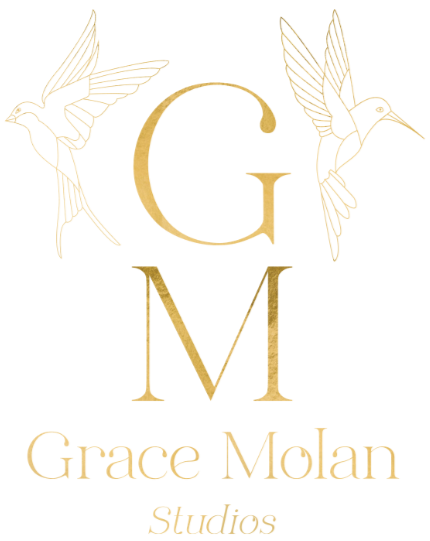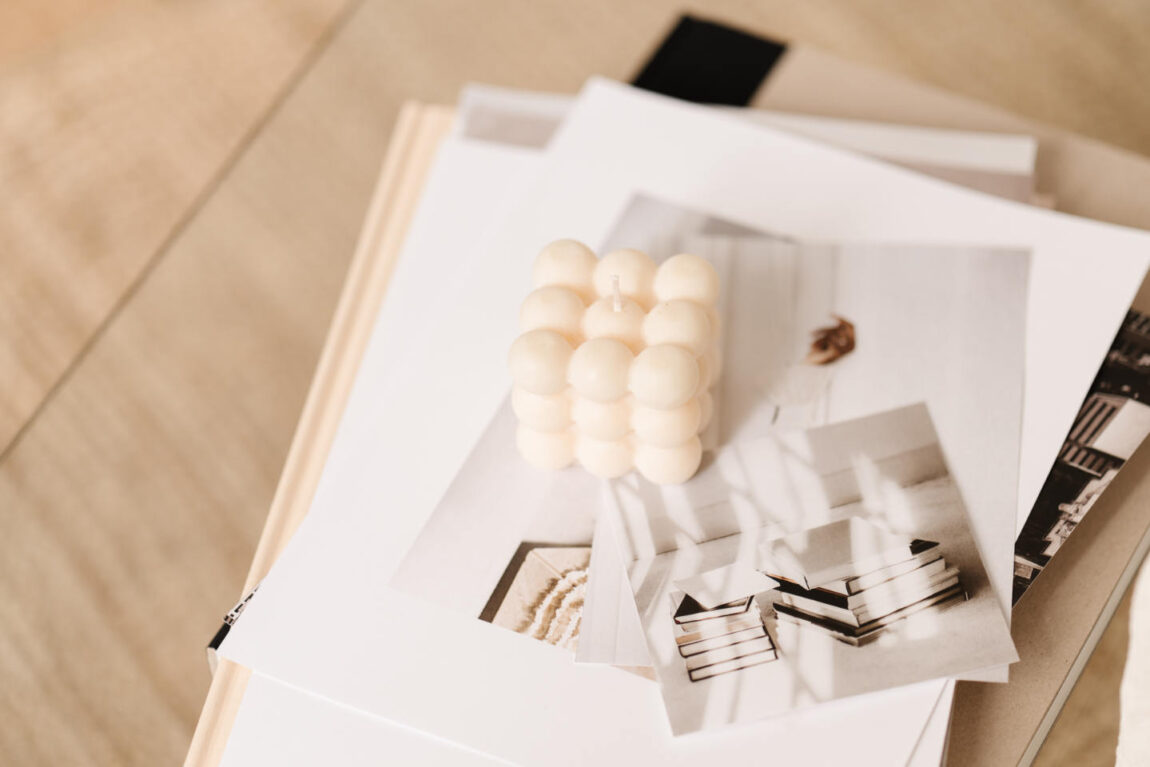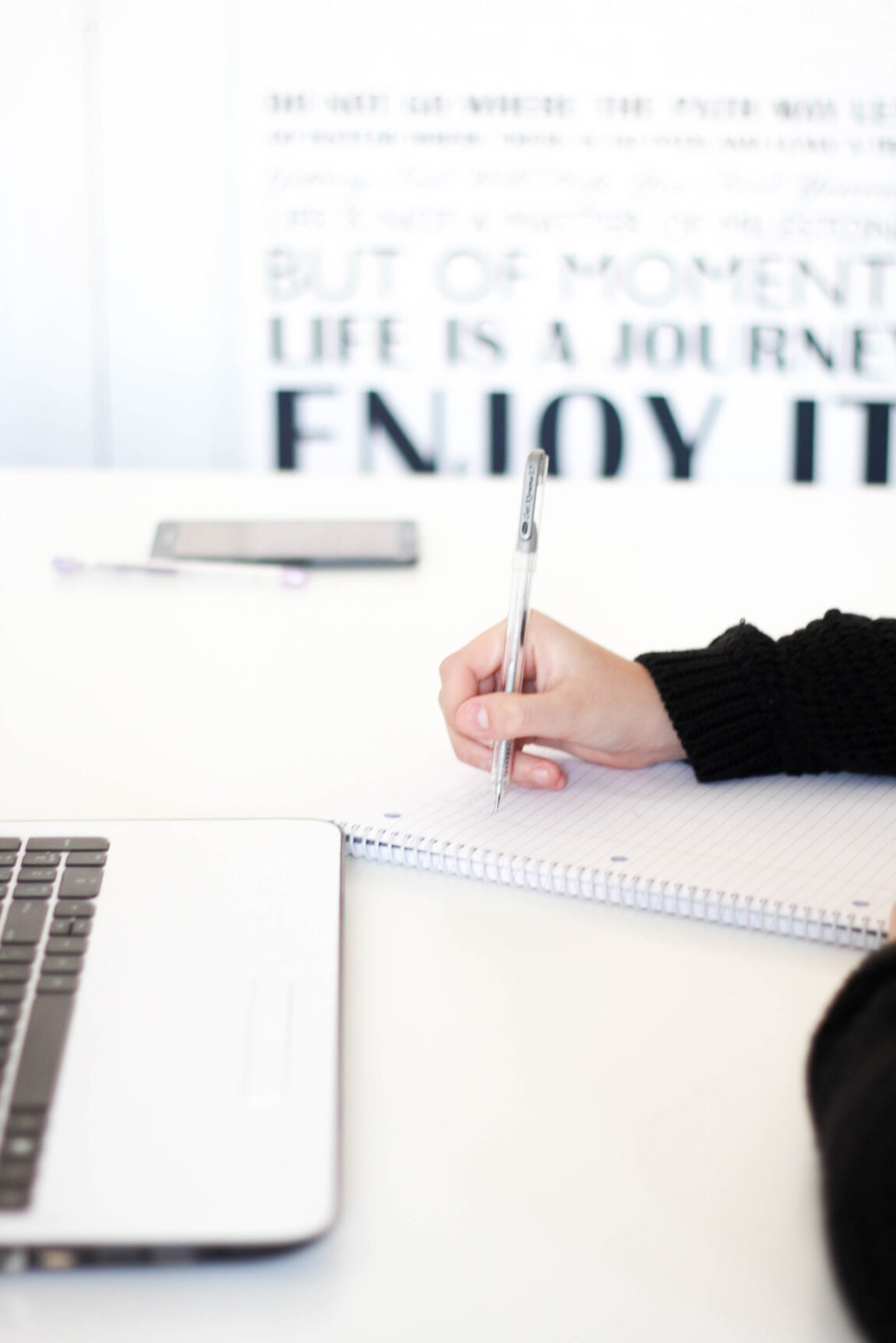Building a brand can sometimes feel like a thankless task. Especially when you have a great idea, an even better product but little to no traffic landing on your site. In today's fast-paced digital landscape, the synergy between brand building and content strategy has become more crucial than ever. Discover how to build your business fro[...]
Thanks to popular demand, we have put together some key copywriting tips so you can maximise your brand storytelling. As a solopreneur, the age-old phrase “done is better than perfect” may be your life motto. Yet, when it comes to your content some simple tweaks will elevate your copy and increase engagement. Discover the most common[...]
In the realm of digital marketing, where trends evolve at the speed of a click, standing out requires a strategic approach. With the rise of social media, content consumption habits have evolved and it is no longer enough to simply rely on a single type of content to engage potential customers. Mapping out a well-rounded content strategy[...]
Denmark is without a doubt the home of Scandinavian design. Yet, over the years, the name of this popular art movement has been used to describe anything from state-of-the-art designer furniture to modernist home decorations. Despite the recent hunger for all things Scandi, the heart of this design movement is still enrooted in the conce[...]
In the realm of start-ups, it is easy to feel as though you are a Jack of all trades. Yet, just because you have to work in all areas of your business, doesn’t mean you cannot master the skills needed to take it to the next level. When we seek out advice, the action of reaching out in itself has a transformative effect. However, growth[...]
From blog posts to website content, Google is tracking your brand's content in more ways than one. Yet, as a female entrepreneur, researching the ins and outs of Search Engine Optimisation (SEO)may be the last thing on your to-do list. However, if you want your brand to be discovered by your dream audience, SEO is an essential part[...]
Empower your brand with strategic content crafted to grow your business
Ok, hands up! How many times have you typed ‘How to write better website content’ into Google? Yep, we have all been there. Writing engaging website copy is not easy, especially when you have to take SEO into consideration. But, good quality website content is essential for driving traffic to your site, generating leads and building[...]
One of the best descriptions of ‘What is a Copywriter?’ we have heard is: "A copywriter is a salesperson behind a typewriter." This brilliant phrase comes from Judith Charles, president of her own agency, Judith K. Charles Creative Communication. Simply put, a copywriter is responsible for taking the information provided by a cli[...]









